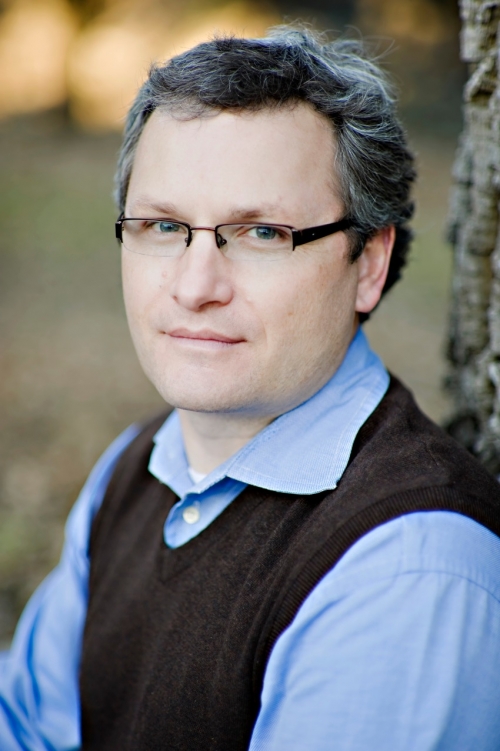Executive Director
Jordan River Commission
Bio:
Søren Simonsen is Executive Director of the Jordan River Commission. He is an urban planner, architect, educator, community-builder and social entrepreneur. Over the past three decades, including 18 years of public service as an appointed and elected official, he has worked to create livable communities and resilient places in Utah and the West. Søren is an accomplished professional and has received broad recognition for his planning, public policy, urban design and advocacy work. He was recently elevated as a Fellow by the American Institute of Architects. Other honors include the AIA Utah Bronze Medal and four Best of State Gold Medals in Community Development. He has received numerous citations from the American Planning Association, American Institute of Architects, American Society of Landscape Architects, and U.S. Green Building Council. He directed or contributed to 28 projects, plans and initiatives that have received Envision Utah Governor’s Quality Growth Awards. Søren was elected to the Salt Lake City Council in 2005, serving two four-year terms. He was Salt Lake City’s representative in the formation of the Jordan River Commission in 2010. Following his city council service, he was appointed as Salt Lake County’s “AtLarge” member of the Commission from 2014 through 2016. He has served on numerous local and national boards and committees for professional and community organizations, where he has been a champion for social enterprise, urban design, active transportation, public health, ecology, environmental stewardship and resource conservation, arts and culture, and human rights. Søren earned a Master of Arts in Community Leadership at Westminster College in Salt Lake City, with an emphasis on organizational leadership, public policy and community organizing. His research and thesis focused on sustainable cities and natural resource issues. He previously received a Bachelor of Architecture from the University of Texas at Austin, with an emphasis in environmental design, urban design, and community and regional planning. In his free time, Søren loves to hike, bike and paddle in Utah’s great outdoors. You can find him regularly riding and floating the Jordan River Parkway.
Title: Opportunities for Improving Water Quality Using Flow Management in the Lower Jordan River
Friday, May 11, 2:35 PM
Abstract: Poor water quality is a concern in many segments of the Jordan River, a major tributary to the Great Salt Lake. These conditions are being actively addressed by Utah Division of Water Quality and the EPA. Conditions leading to poor water quality in the Jordan River are documented in a Phase I Total Maximum Daily Load study approved by the EPA in 2013. Long-term improvements in water quality will likely require pollutant load reductions from stakeholders at the municipal, county, and regional level. The Jordan River Commission (Commission) and other stakeholders are looking for opportunities to address acute and chronic dissolved oxygen (DO) concerns in the lower Jordan River (LJR) through flow management. This approach could be cost effective and provide additional ecosystem benefits compared to other water quality improvements that focus strictly on reducing pollutant loads.
In 2014, the Commission completed the first phase of a study investigating the use of flow manipulation as a potential mechanism for increasing DO during the late summer season in the LJR. On the basis of data review and model output, the study recommended field experiments that would manipulate flow at the 2100 South diversion and monitor the resulting downstream effects on DO in problematic reaches. Acquiring sufficient water rights has slowed implementation of the study, but significant progress has occurred during discussions with Utah Division of Water Rights.
This experiment is unique in the history of Utah water quality remediation and if successful, could lay a foundation for similar work in other watersheds in the state. Flow and water quality are sometimes competing commodities in Utah and any long-term changes in LJR flow management must operate under these conditions. However, analysis of past data has shown that even minor flow changes at the right time, can produce positive improvements in DO. For many reasons, the need remains to identify flow management opportunities that will improve LJR water quality.
Participants attending this presentation will gain an understanding of how flow management on the LJR has changed over time and the regulations and objectives that guide existing flow management. We will review existing data that identify the influence of flow on water quality in the LJR and describe the progress we have made to date in the LJR flow experiment. We will also identify short-term and long-term opportunities for changes in flow management.

